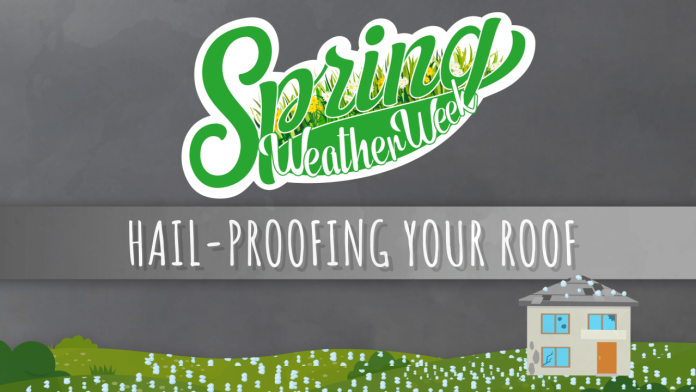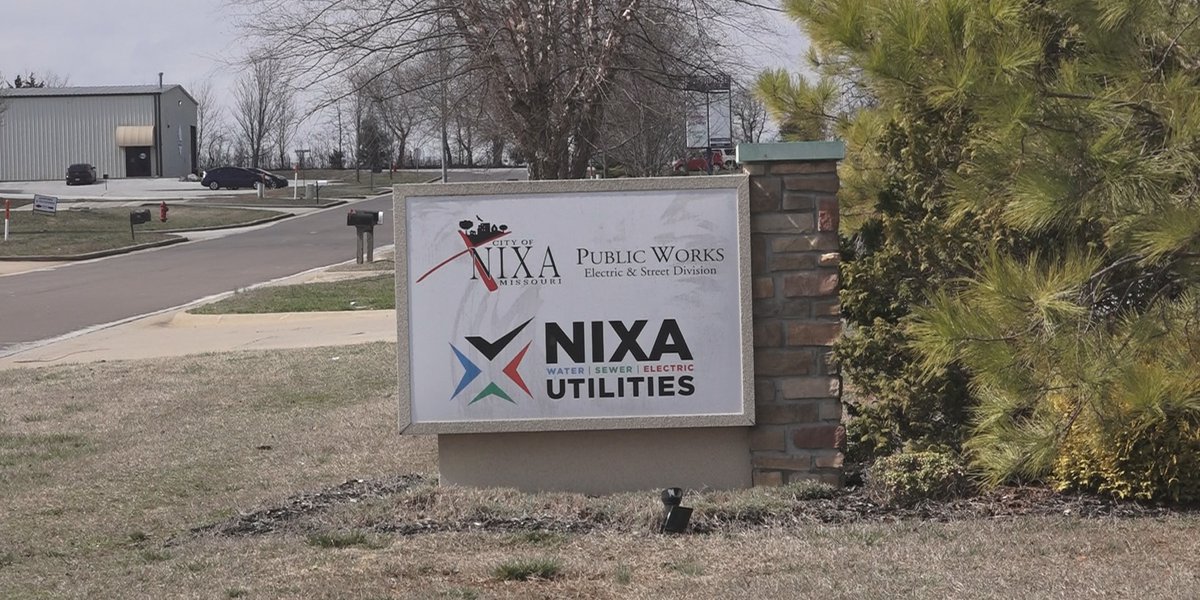(WSPA) – Spring is the start of severe weather season, but these storms can occur any time of year. One threat is large hail.
The Insurance Institute for Business & Home Safety (IBHS) outside Richburg, South Carolina tests how structures and building materials handle an assortment of natural disasters. This spring, researchers are focusing on hail.
This includes a field project to observe hailstones.
Dr. Ian Giammanco is the Managing Director for Standards & Data Analytics and a Lead Research Meteorologist at IBHS. He said that one reason is to better the correlation between what radar sees in the clouds and the size and quantity of hail that reaches the ground.
”The ultimate goal is to improve how those impact-based warnings, especially when it comes to big hail, severe hail, and maybe a lot of hail, how we can actually get those out to the public and provide that extra bit of information.”
That gives you a better chance to protect your belongings.
“Move those objects that can be damaged that are outside, lawn furniture, things like that. Try to get them inside. One of the easy ones, one of the more frustrating ones, is to clean out your garage so you can put your car under cover.”
Another goal is to test the resilience of roofing materials to hail strikes.
“What are the properties of hailstones that actually influence damage. We crush them to determine how much force it takes to fracture them, measure them with precision and detail, we 3-D scan them. All to bring back here to the laboratory to be able to make a more accurate test for building materials.”
At the IBHS, they’ve got a special way to make sure that the roofing material is going to hold up to hailstones. They’ve got their own hail cannon.
Hailstones are made in-house.
“While natural hail has all sorts of different shapes, we account for that in the speed and energy that we actually propel them at.”
They are working on creating more natural, irregular shapes of hail.
“It’s got all the spikes, the lumps and bumps, everything that a natural hailstone would have. So sort of the cutting edge of research is how do all those little features…does it influence damage…do we need to change our testing standards?”
Most building damage from hail is to roofing. One storm may not cause enough damage to allow water in, but it will leave your roof vulnerable to other storms.
“Do you see big patches of those granules come off. If you visually can see damage from the ground, you likely have pretty severe hail damage. The first thing you ought to do: call your insurance adjuster. Don’t talk to the first roofer that knocks on your door 12 hours later.”
Most roofs are made of asphalt shingles. Work at the IBHS has improved what’s installed on homes nationwide.
“The manufacturers have actually raised the bar, that the majority of products fall into our good and excellent categories.”
Higher-rated shingles can increase shingle cost by 5%-10% More resistant metal or composite roofs can cost much more. But there’s one way you can find relief.
“You go to a more resilient roof cover, in a lot of states there are insurance discounts available. So if you do go that route when you re-roof, talk to your agent.”
Severe hail is defined as anything the size of a quarter or larger. The quantity of hail is not a factor.
You can visit the IBHS website for tips on what to do before, during, and after severe weather. As well as home upgrades, you can do to make your home more weather-resilient.
www.wspa.com
https://www.wspa.com/news/spring-weather-week-hail-proofing-your-roof/













